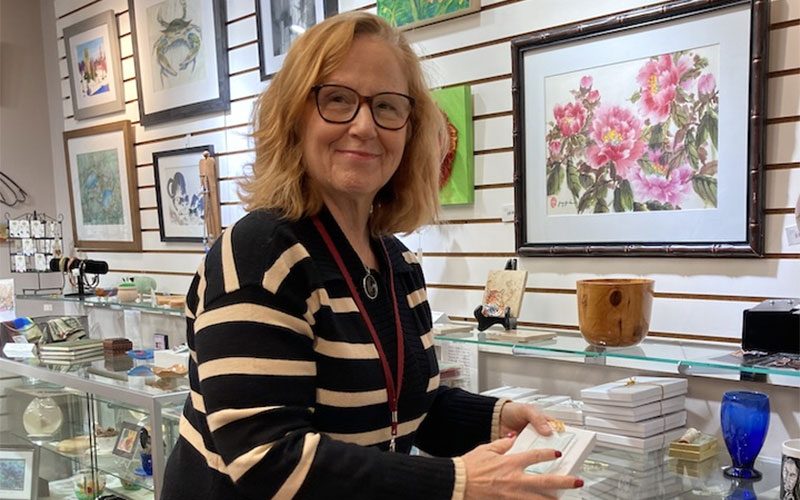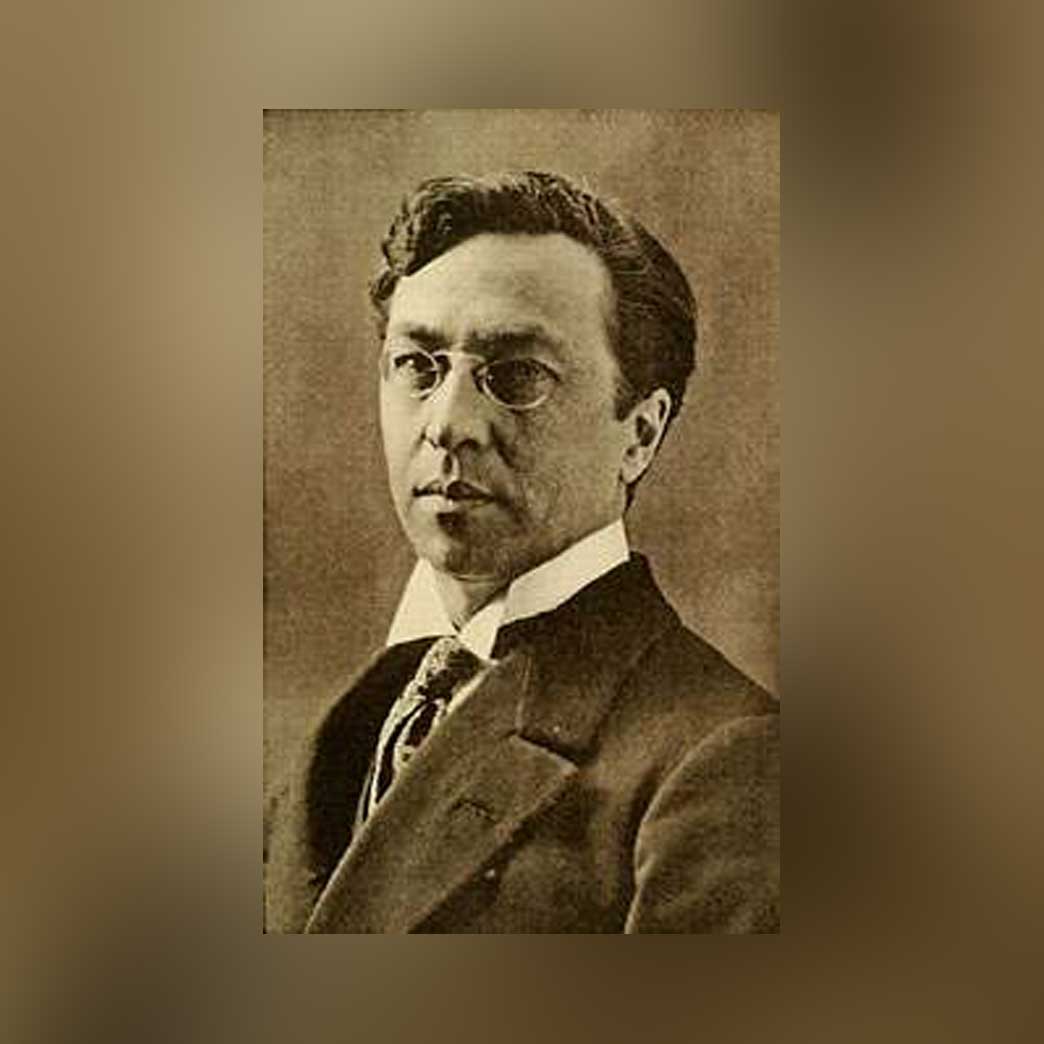Wassily Kandinsky (1866—1944) was a Russian painter, teacher, and art theorist, and is generally credited as the pioneer of abstract art. He grew up in what is now the Ukraine and learned to play piano and cello as a young child. After graduating from the Grekov Odessa Art school, he studied law and economics at the University of Moscow. At 30, he declined a professorship in Roman law to begin studying painting in Munich.
His efforts to create work that would immediately connect with the soul, as he believed music has the power to do, led him to compose paintings with increasingly abstract colors and forms. The connections he perceived between the visual arts and music have led some scholars to believe he had synesthesia, a neurological condition in which the stimulation of one sense will trigger another sense.
In 1911, he joined other like-minded artists to form the Blue Rider Group and began to write about his theories. His treatise Concerning the Spiritual in Art (1911) argued that colors and forms have spiritual effects on the soul of the viewer, and famously likened painting to music: “Color is the keyboard, the eyes are the hammers, the soul is the piano with many strings. The artist is the hand which plays, touching one key or another, to cause vibrations in the soul.”
After the outbreak of World War I in 1914, Kandinsky left Munich for Moscow. He held various cultural posts within the new Russian government, including helping to organize the Institute of Artistic Culture and serving as its first director. However, his spiritual and expressive view of art was rejected as too individualistic by the radical members of the Institute, and in 1921 he took advantage of an invitation to teach at the Bauhaus in Germany.
At the Bauhaus, Kandinsky made color theory an important part of the curriculum. His focus on basic geometric shapes and primary colors influenced a generation of artists, and led to more precise, geometrical forms in his paintings and to his second book, Point and Line to Plane, published in 1926. He went with the Bauhaus as the school attempted to escape right-wing hostility by moving to Dessau in 1925 and to Berlin in 1932. When the Nazis forced its closure in 1933, Kandinsky made his final move, this time to Paris. He spent the rest of his life in France, creating some of his most prominent art.






